What are the different types of disabilities?
The dictionary definition of a disability is defined as “a physical, mental, cognitive, or developmental condition that impairs, interferes with, or limits a person’s ability to engage in certain tasks or actions or participate in typical daily activities and interactions.”^[1]
It is then further categorised into four major groups which include:
- Physical
- Developmental
- Behavioural or emotional
- Sensory impaired disorders
In this blog, we’ll be discussing and recognising the different forms of disabilities for a deeper insight and understanding.
1. Physical Disability
A physical disability is usually a lifelong impairment that affects the individual’s body, which restricts their physical performance, movability, endurance, and dexterity. This can manifest in a multitude of ways, for instance, a reduced capability in the way they move their body, such as walking, movement of the upper body, as well as sitting and standing. Some cases of physical disabilities include multiple sclerosis and spina bifida, these are usually visible to the average person and easy to identify^[2,3].


2. Behavioural Disability
On the other hand, non-visible disabilities such as those with intellectual, behavioural and sensory are not immediately apparent and as a result, can be side-lined or forgotten. Namely, those with depression, ADHD and autism are invisible to most people.
Often children with autism are wrongly categorised as being badly behaved, some people believe that their meltdowns are the consequence of poor parenting. This is an example of an inaccurate and ignorant assessment that people who aren’t well educated in disabilities can make up, it’s why it’s so important to dispel these stereotypes. Rather, autism is a form of developmental disability^[4].
3. Developmental Disability
Developmental disabilities are the result of one of the following four areas, physical, learning, language, or behavioural. Another example is Down syndrome which is also classified as an intellectual disability. This is a genetic condition that occurs when a child is born with an extra chromosome and causes delays in their motor skills which then, develop slower^[5].
It’s usual for those with Down syndrome to also suffer from emotional or sensory overloads which leads us to the next discussion.

“1 in 4 people with a disability, their main form of disability is mental or behavioural.”^[6] This includes those with bipolar, obsessive-compulsive disorder and panic disorder. This form of disability affects a person’s ability to effectively acknowledge, interpret, control, and communicate fundamental emotions, which again is an undetectable disability to the naked eye. It’s why it’s so important to understand the different disabilities out there, to educate ourselves which will allow us to behave considerately and thoughtfully.
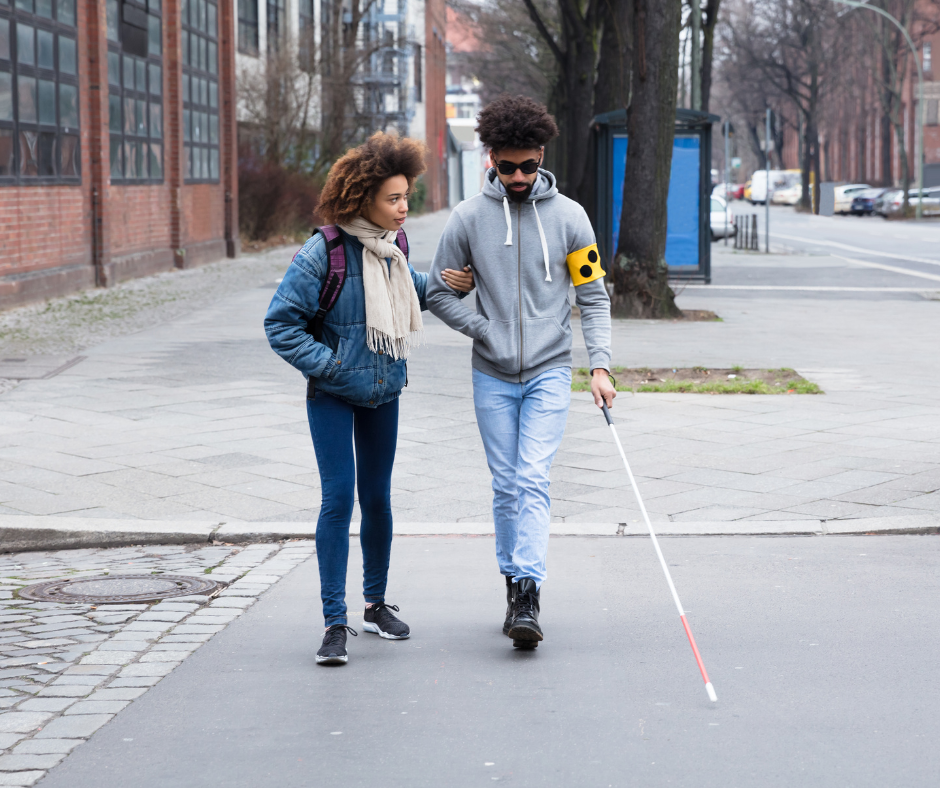
4. Sensory Disability
Similarly, groups of people with sensory disabilities are not always obvious. A sensory disability is when one of your senses; hearing, sight, smell, touch, and spatial perception is impacted. Lack of sight in particular can have a huge consequence on a person’s social interaction and can hinder their ability to make friendships^[7].
It’s the reason why we at Raise Your Spirit work so hard to implement an encouraging and comfortable atmosphere to inspire young people living with disabilities to achieve their goals. It’s not uncommon for those that are living with disabilities to face prejudice and lack of opportunities, in fact, the Australian Institute of Health and Welfare states that working-age people with a disability have a lower employment rate (48%) than those without a disability (80%)^[8].
The programs and one on one support we have available at our website build and instil the very confidence that those living with a disability often lack. From exciting outdoor adventures to strategies to strengthen life skills, we believe we can cater to you. Our attitude to provide functional improvement through structured creativity and play means young adults living with disabilities will have access to the support they need!
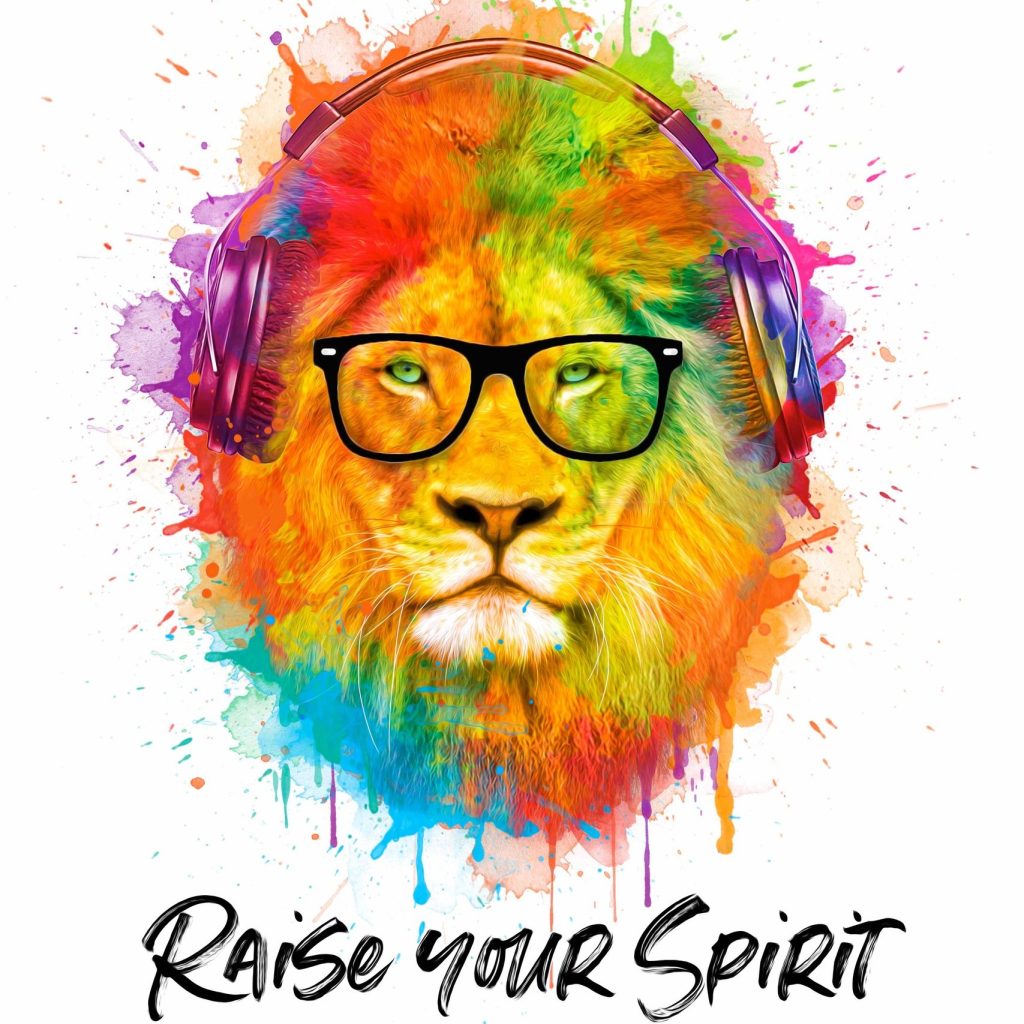
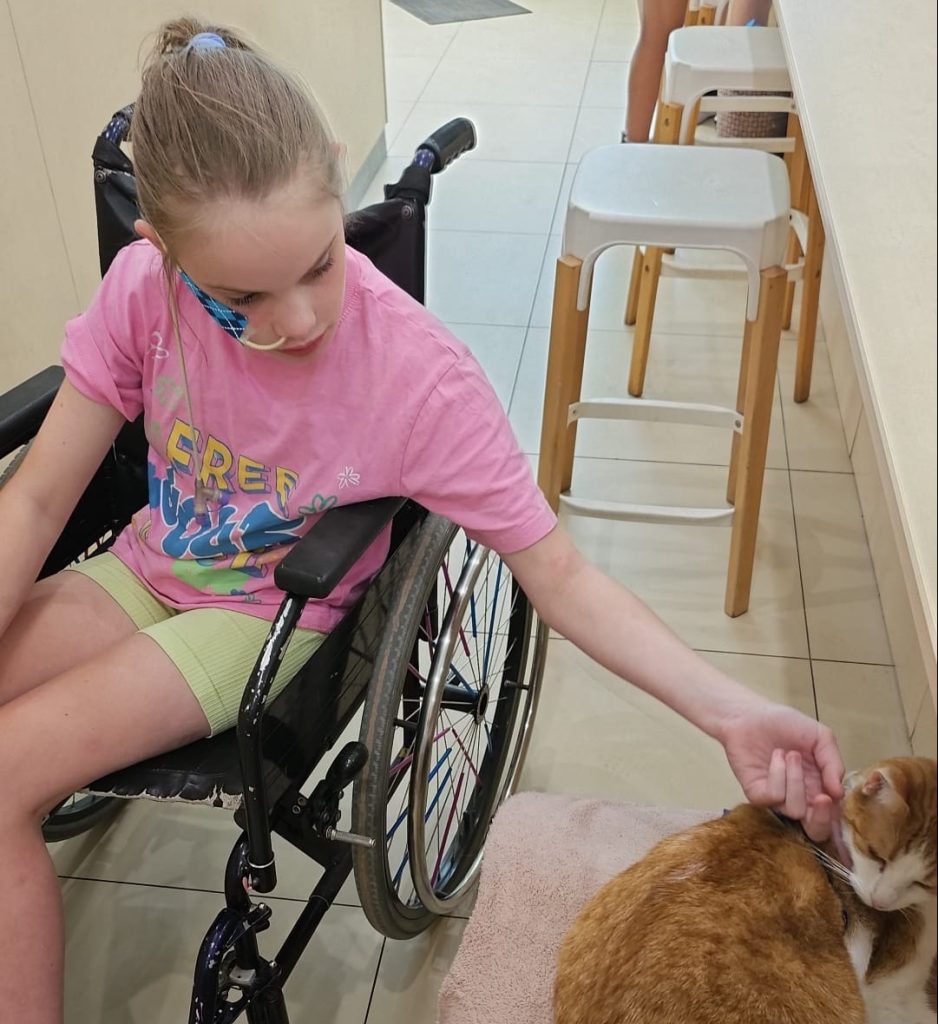
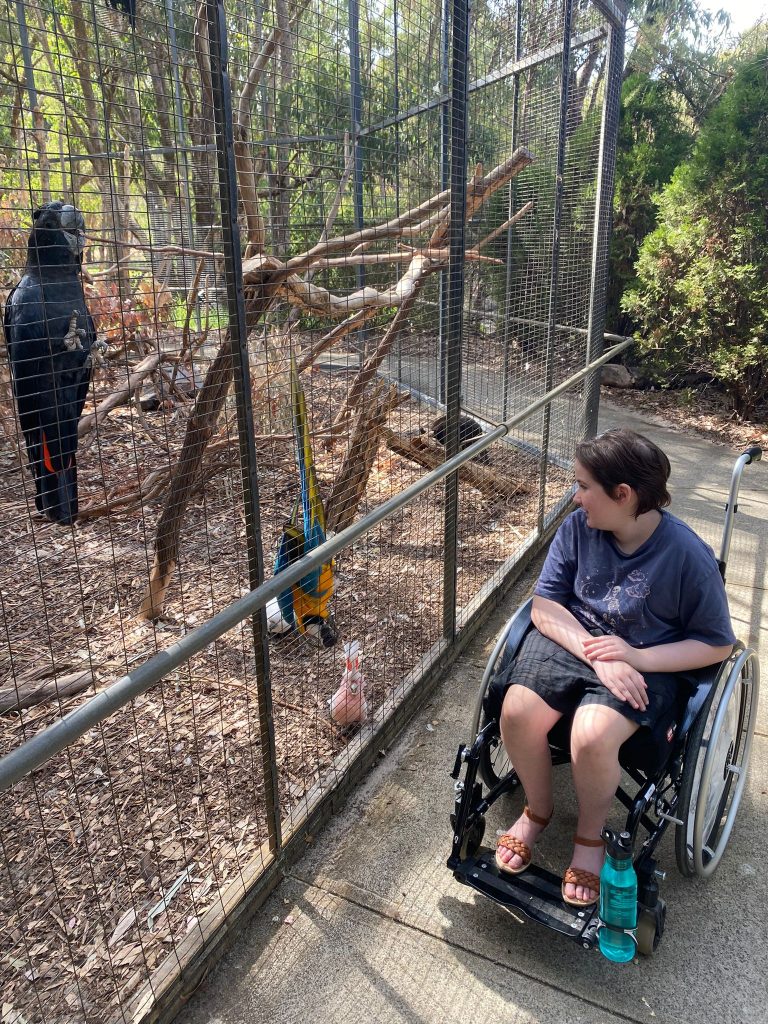
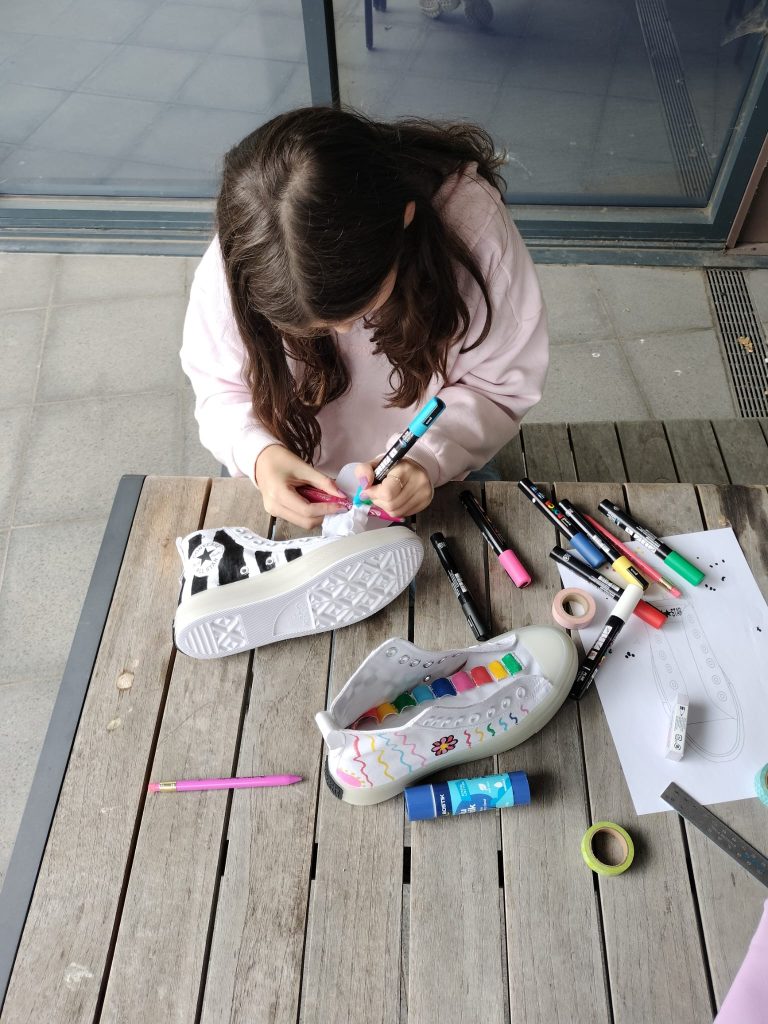
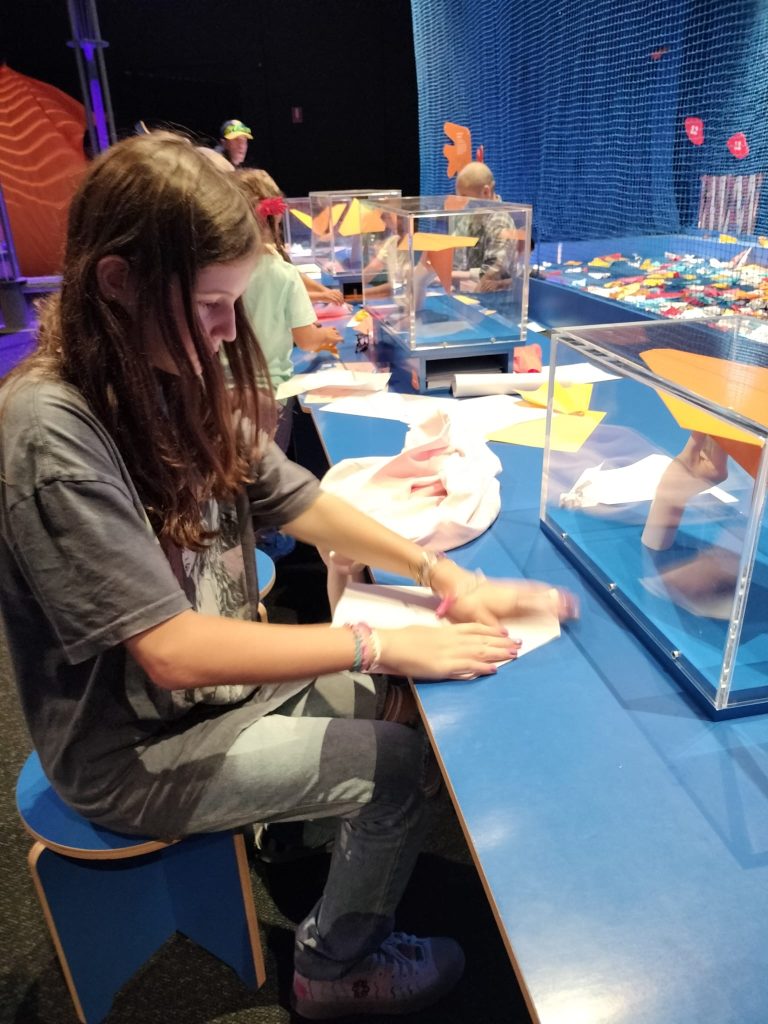
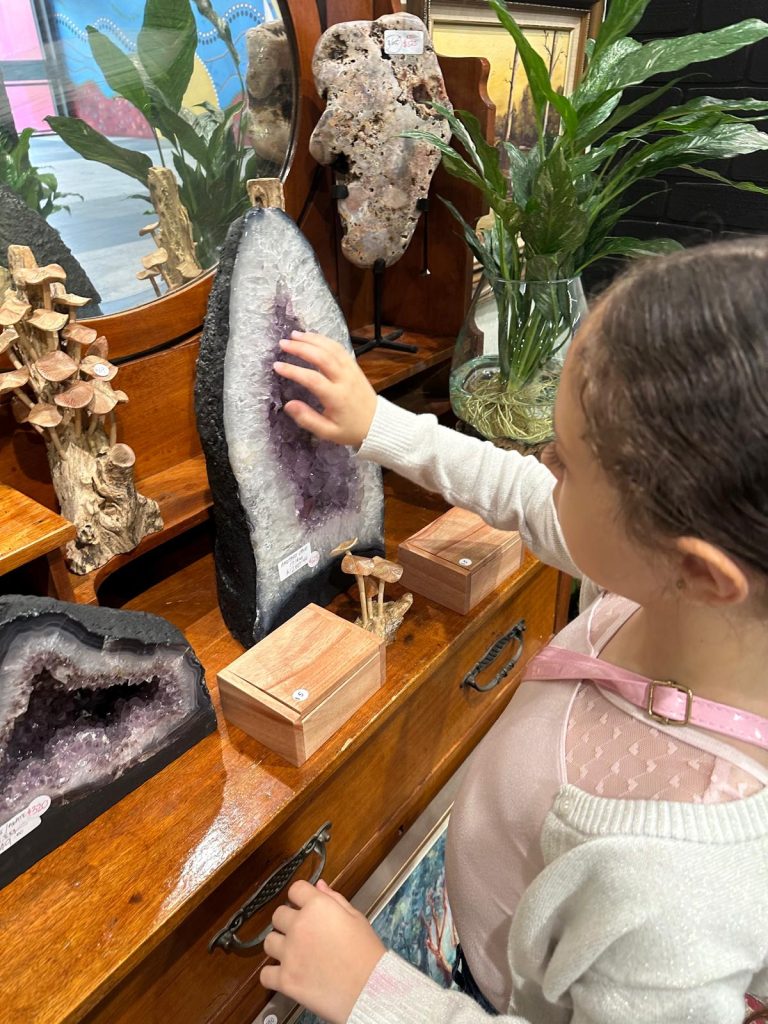
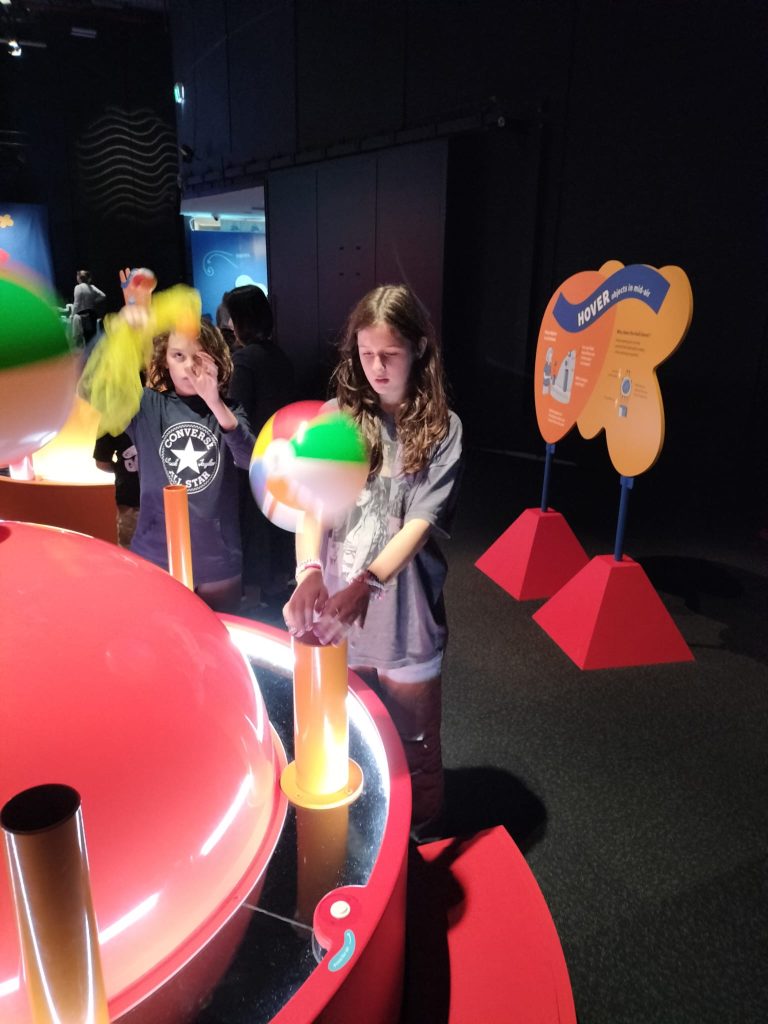
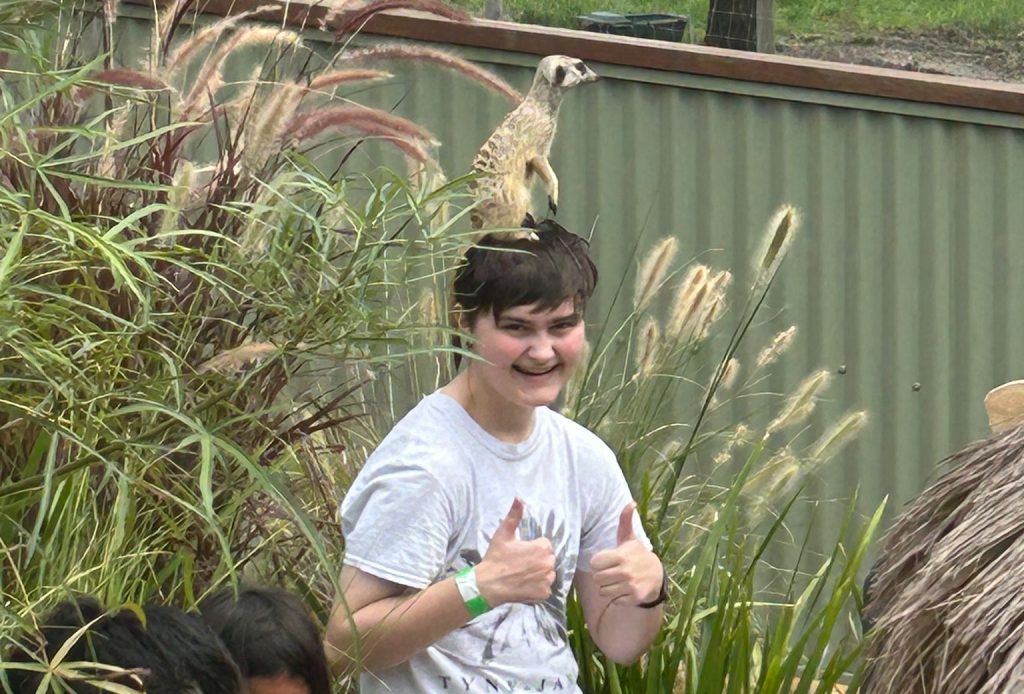
References
- Merriam-Webster. Disability. Available from: https://www.merriam-webster.com/dictionary/disability. Accessed 4 November 2021.
- Achieve Australia. What is a Physical Disability? Available from: https://achieveaustralia.org.au/ndis-overview-and-faqs/physical-disability/. Accessed 4 November 2021.
- Landman L. Four Major Types of Special Needs Disabilities. Available from: https://lisalandman.net/four-major-types-of-special-needs-disabilities/. Accessed 4 November 2021.
- Australian Institute of Health and Welfare. People with disability in Australia 2020: in brief. Available from: https://www.aihw.gov.au/reports/disability/people-with-disability-in-australia-2020-in-brief/contents/about-people-with-disability-in-australia-2020-in-brief. Accessed 4 November 2021.
- Malak R, Kostiukow A, Krawczyk-Wasielewska A, Mojs E, Samborski W. Delays in Motor Development in Children with Down Syndrome. Available from: https://www.ncbi.nlm.nih.gov/pmc/articles/PMC4500597/. Accessed 4 November 2021.
